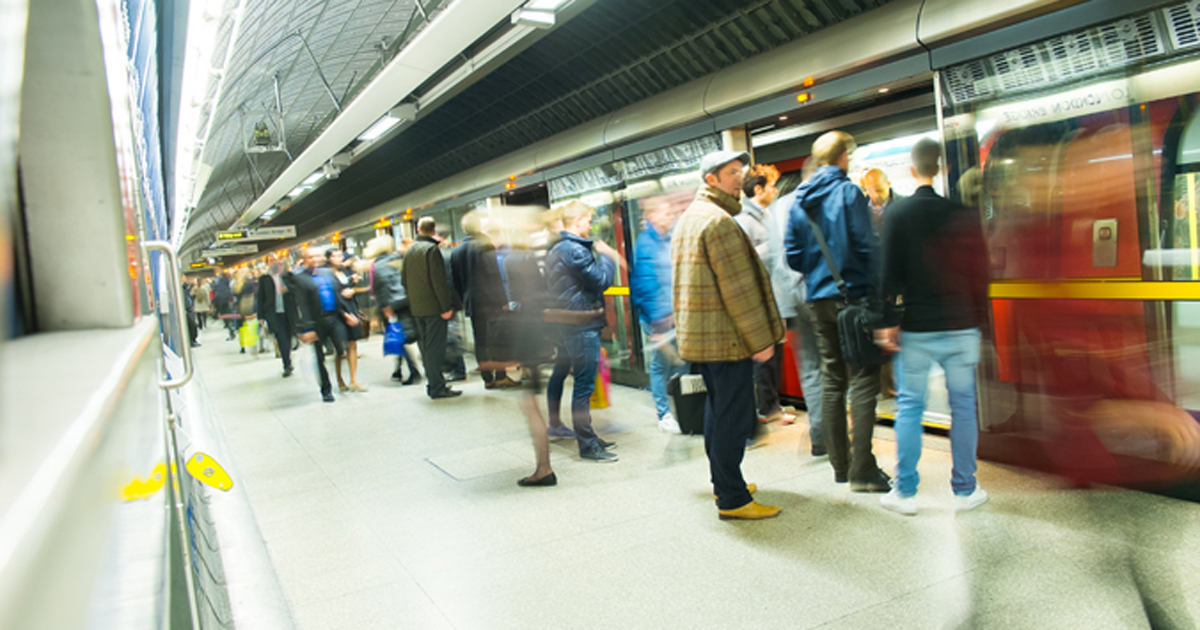Mind the germs: Study links London tube to spread of flu
Preliminary study findings linked travel on the London Underground to the spread of influenza.
Specifically, University of Bristol researchers Lara Goscé, PhD, and Anders Johansson, PhD, found that passengers who live in boroughs with higher rates of influenza-like illness tend to spend more time on trains and cross paths with more people when using the underground rail system. These boroughs generally are served by a smaller number of lines, meaning passengers are more likely to have to change trains in larger, busier stations, Goscé explained.
"On the other hand, lower influenza-like rates are found in boroughs where either the population [does] not use public transport as the main form of transport to commute to work, or boroughs served by more underground lines, which guarantee faster trips with less stops and contacts with fewer people,” Goscé said in a news release.
For the study, the Goscé and Johansson compared publicly available data on Oyster card use — the electronic passes that commuters use to travel the Underground — with data on influenza-like illness collected by Public Health England.

As an example, they compared trips from two central boroughs with different levels of access to rail lines: Islington and the Royal Borough of Kensington and Chelsea. Passengers departing from Islington have less access to multiple rail lines and almost always change trains in King’s Cross St. Pancras, one of the Underground’s busiest stations, whereas commuters leaving from Kensington and Chelsea depart from stations that are more connected and generally served by two or more lines, Goscé and Johansson explained.
During the study period from October 2013 to March 2014, Islington had one of the highest rates of influenza-like illness among London’s 32 boroughs — three times higher than Kensington and Chelsea.
Goscé and Johansson said the correlation between public transportation and the spread of infectious diseases like influenza “has always been assumed and generally accepted but has never been proved.” They said more studies are needed to “explicitly quantify” the link, and that their research should be used to inform government policies addressing epidemics.
"Policymakers, in particular, should address the role potentially played by public transport and crowded events and avoid encouraging the attendance of such environments during epidemics,” Goscé said. – by Gerard Gallagher
Reference:
Goscé L, Johansson A. Environ Health. 2018;doi:10.1186/s12940-018-0427-5.
Disclosures: The authors report no relevant financial disclosures.
